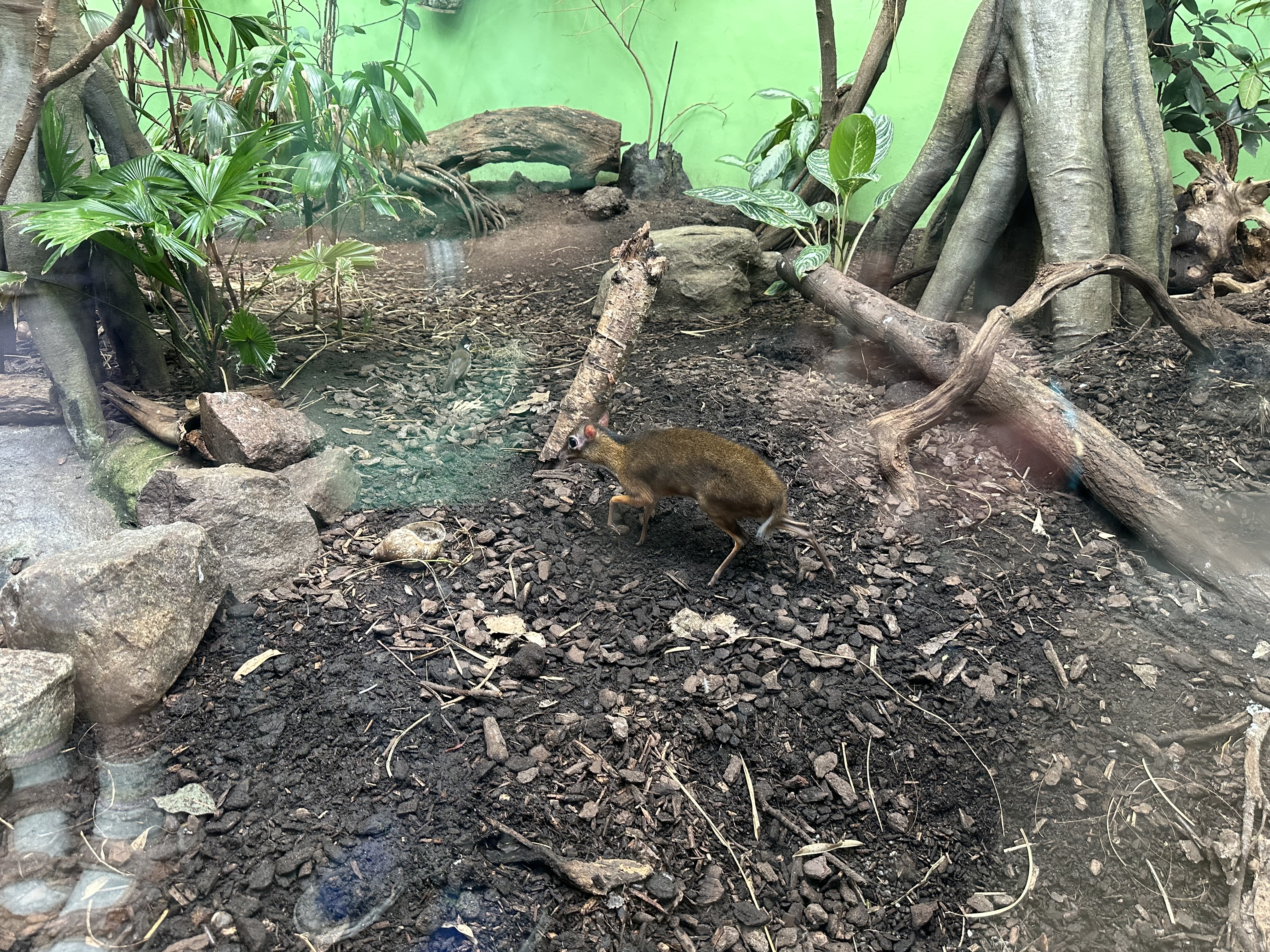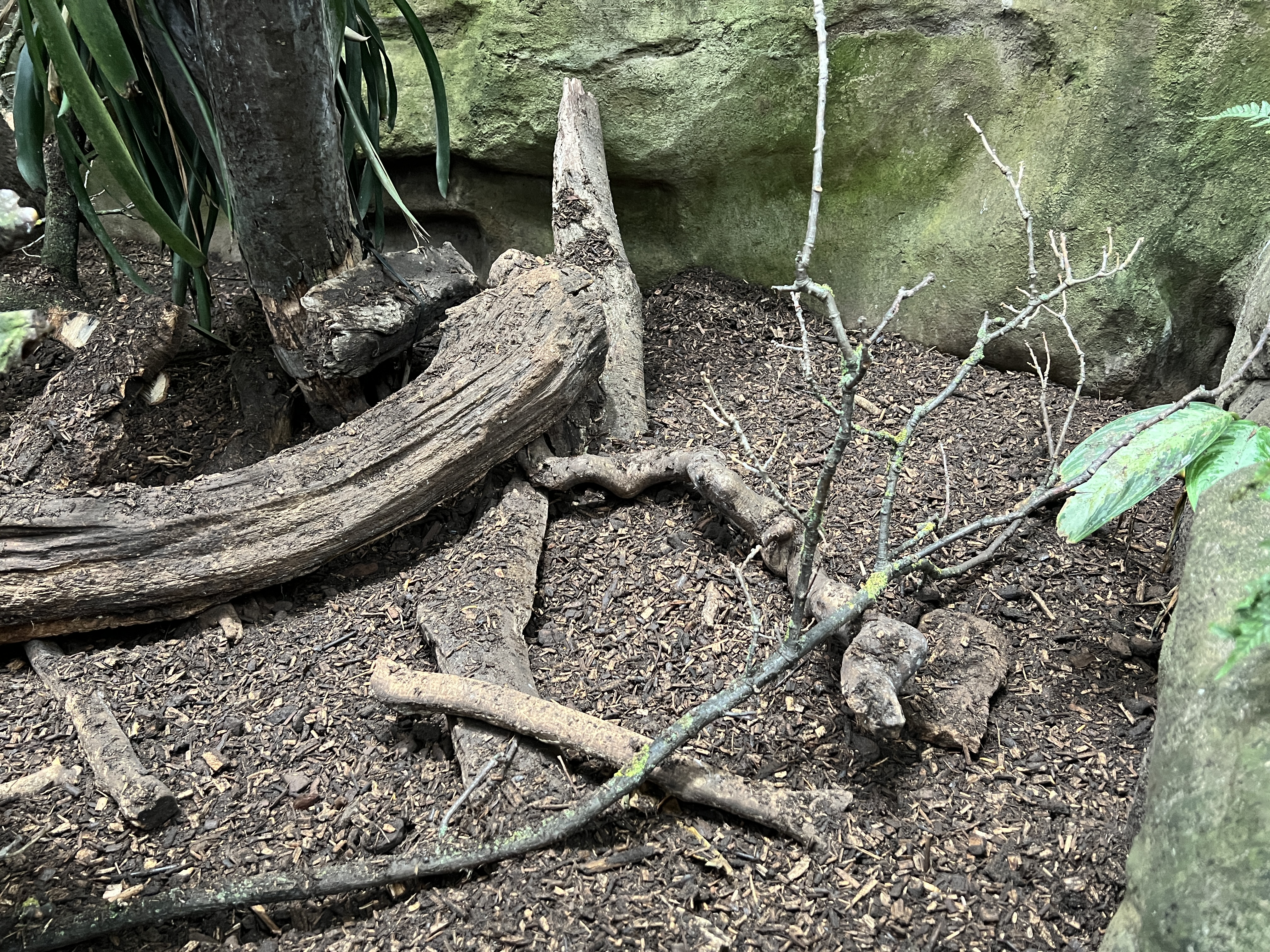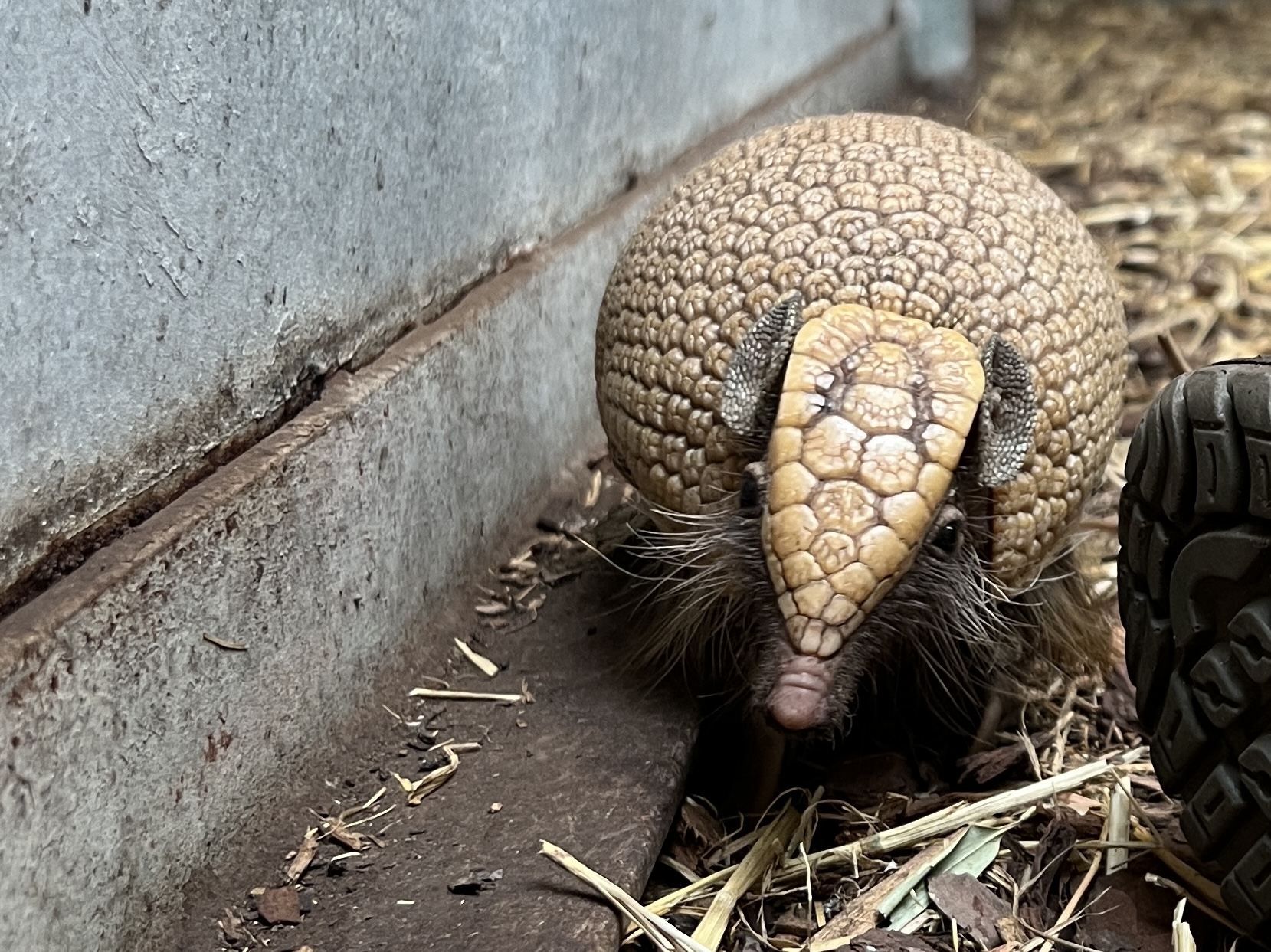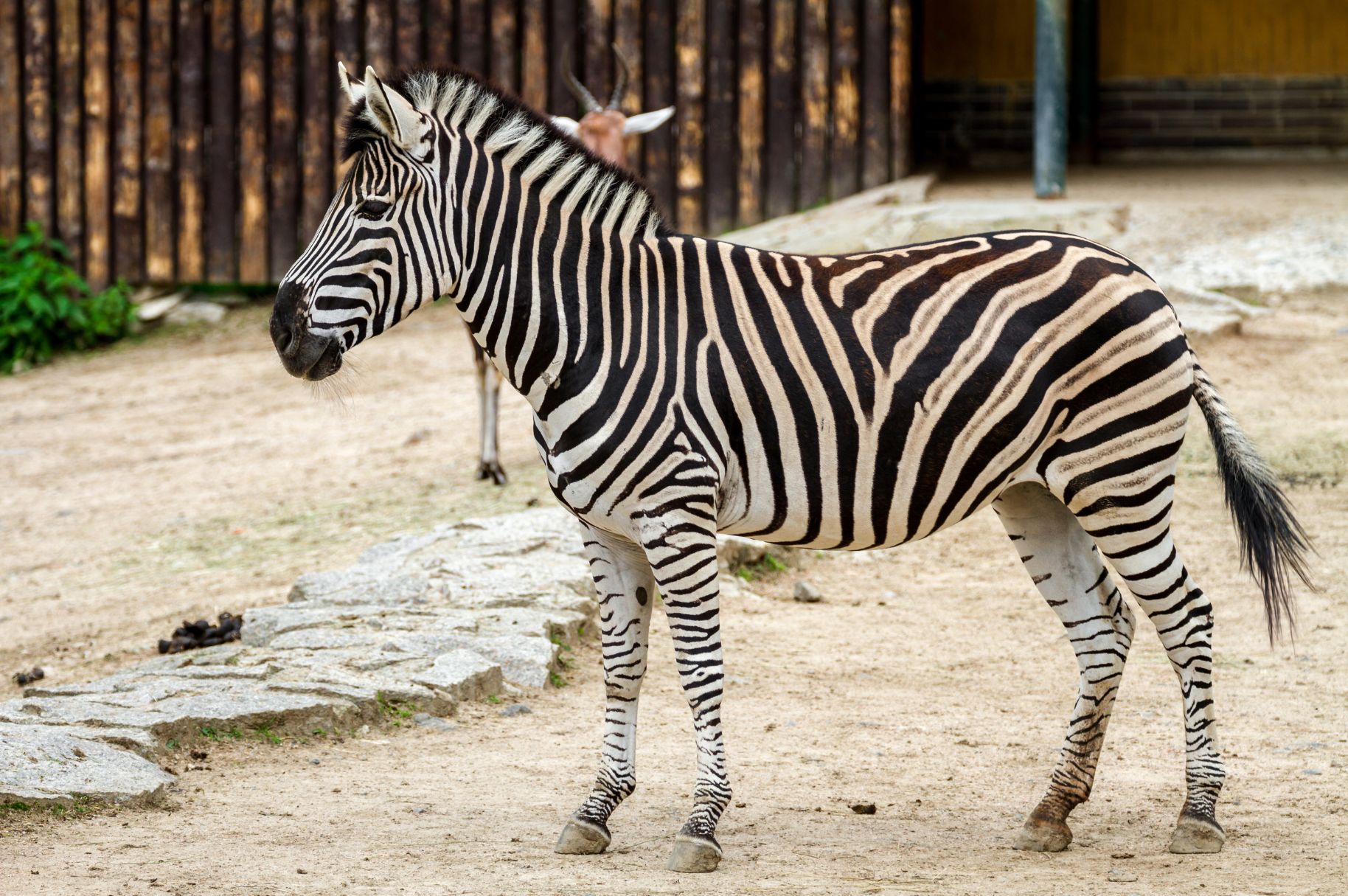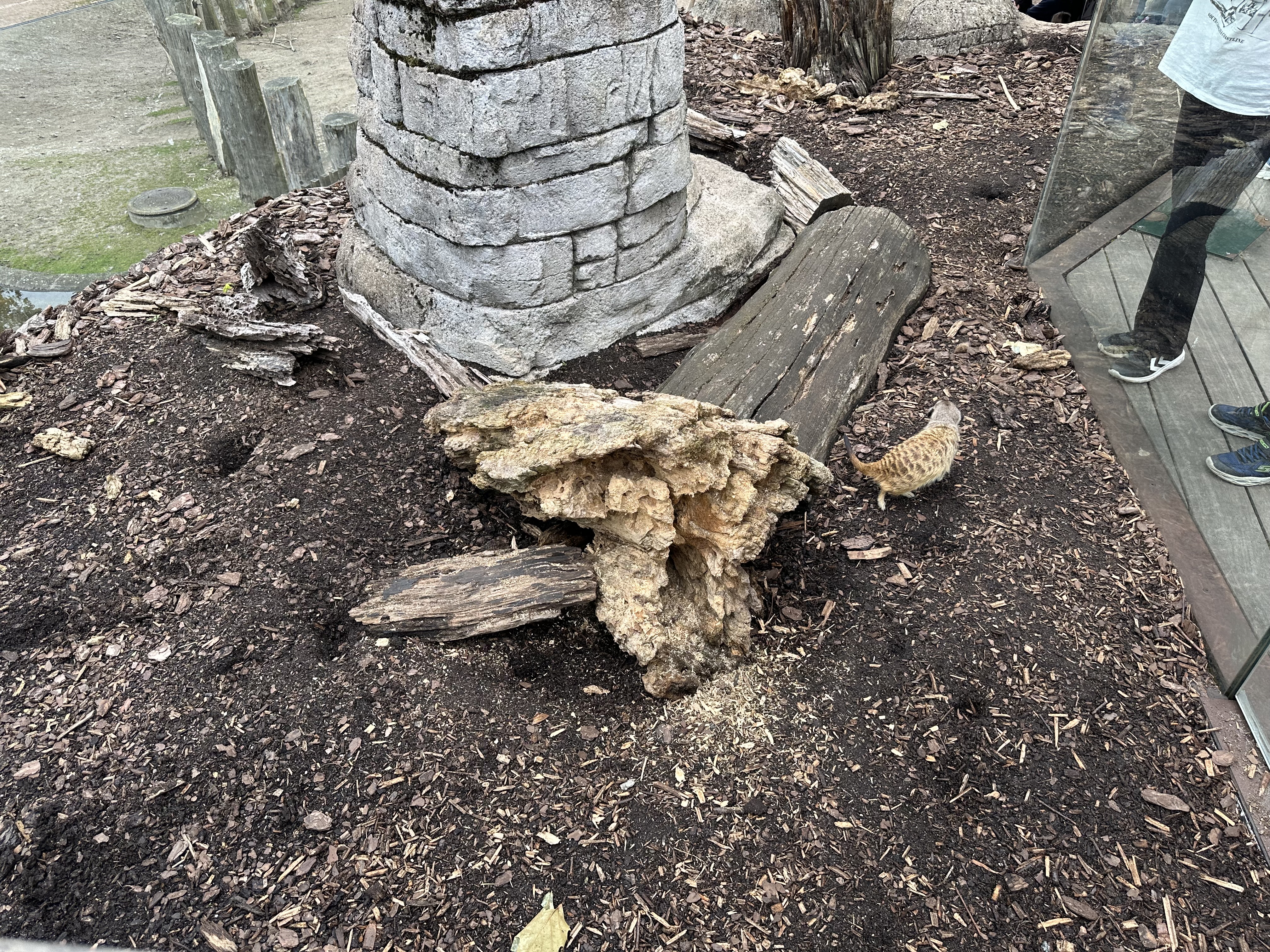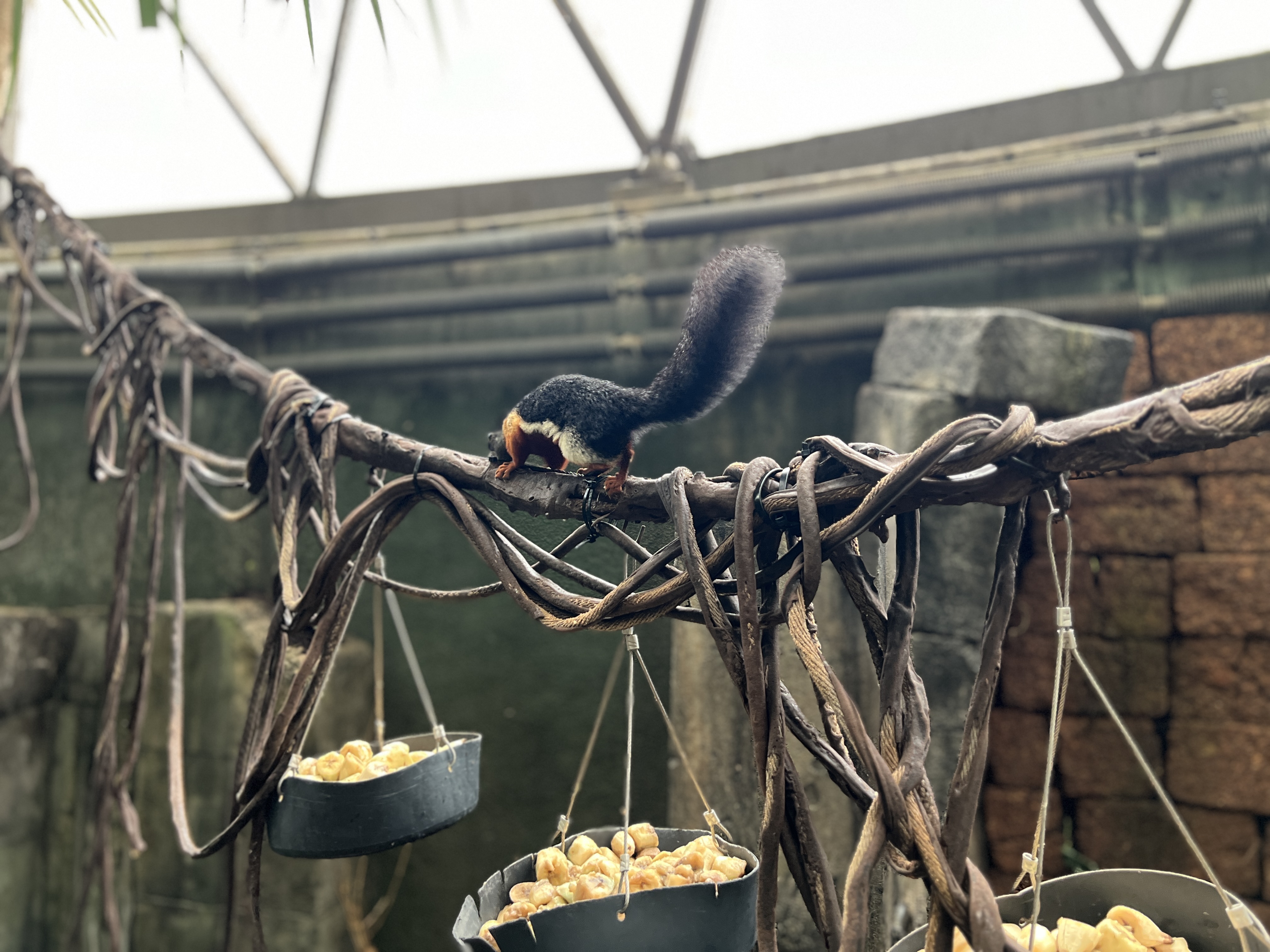BIOBED FOR SMALL ENCLOSURES
THE IDEAL SOLUTION FOR COMPACT HABITATS
Surikat kristiansand, gnaver, fugl, armadillo?, krybdyr (Aalborg), small monkeys, evt iguana under tropic (jylland park zoo), marakat? kbh, stjerneskiltpadde kbh, hulepindsvin randers, vandagamer reptilhuset,
BIOBED is not only ideal for large enclosures and stables but also perfectly suited for smaller habitats, offering the same benefits on a more compact scale. Its organic composition creates a soft, natural surface that enhances animal comfort and replicates the environment of species like rodents, birds, reptiles, and small mammals, such as meerkats and primates.
In smaller enclosures, BIOBED is highly effective at controlling odors and minimizing dust, promoting a healthier environment for both animals and zookeeper. Its moisture-retaining properties ensure a clean and hygienic habitat, while the active microorganisms in the bedding work continuously to break down organic matter.
The material is easy to manage in smaller setups, requiring minimal maintenance and less frequent replacement. Whether used for small mammals that burrow, birds that forage, or reptiles that require stable humidity, BIOBED is a versatile and eco-friendly solution that supports the well-being of animals in compact spaces.
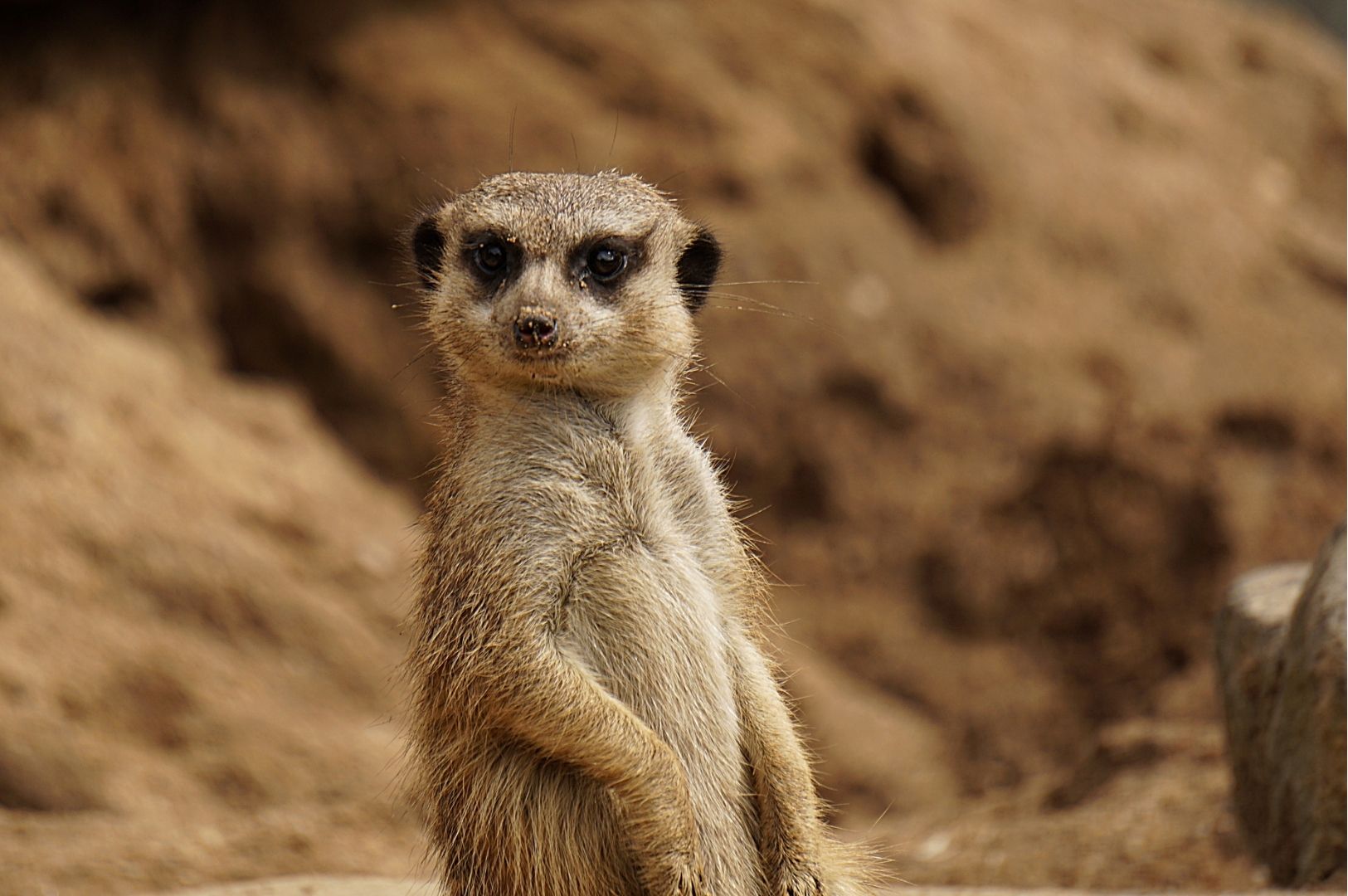
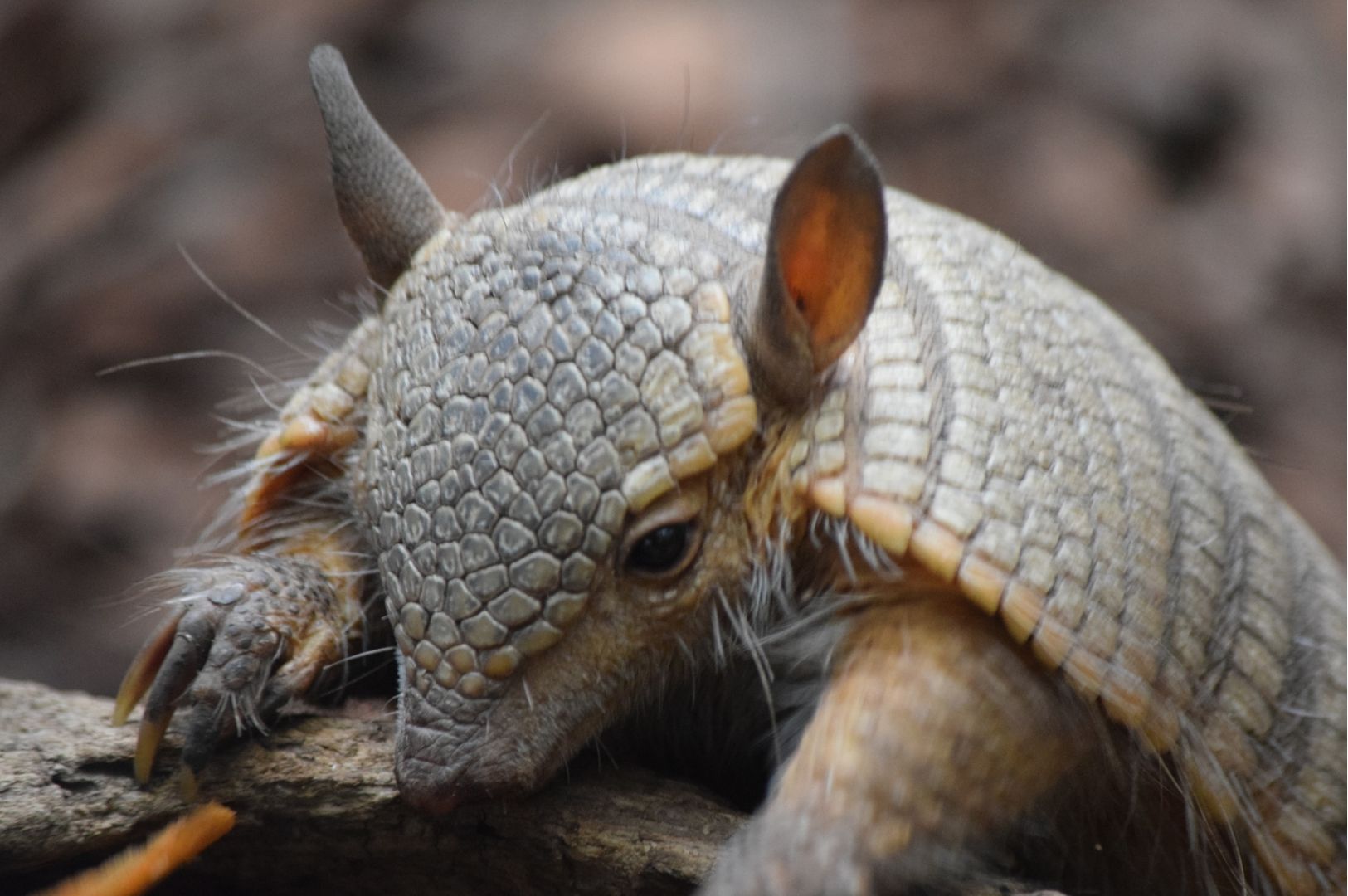
ENRICHMENT PROPERTIES
OF BIOBED
BIOBED IN MEERCAT ENCLOSURE
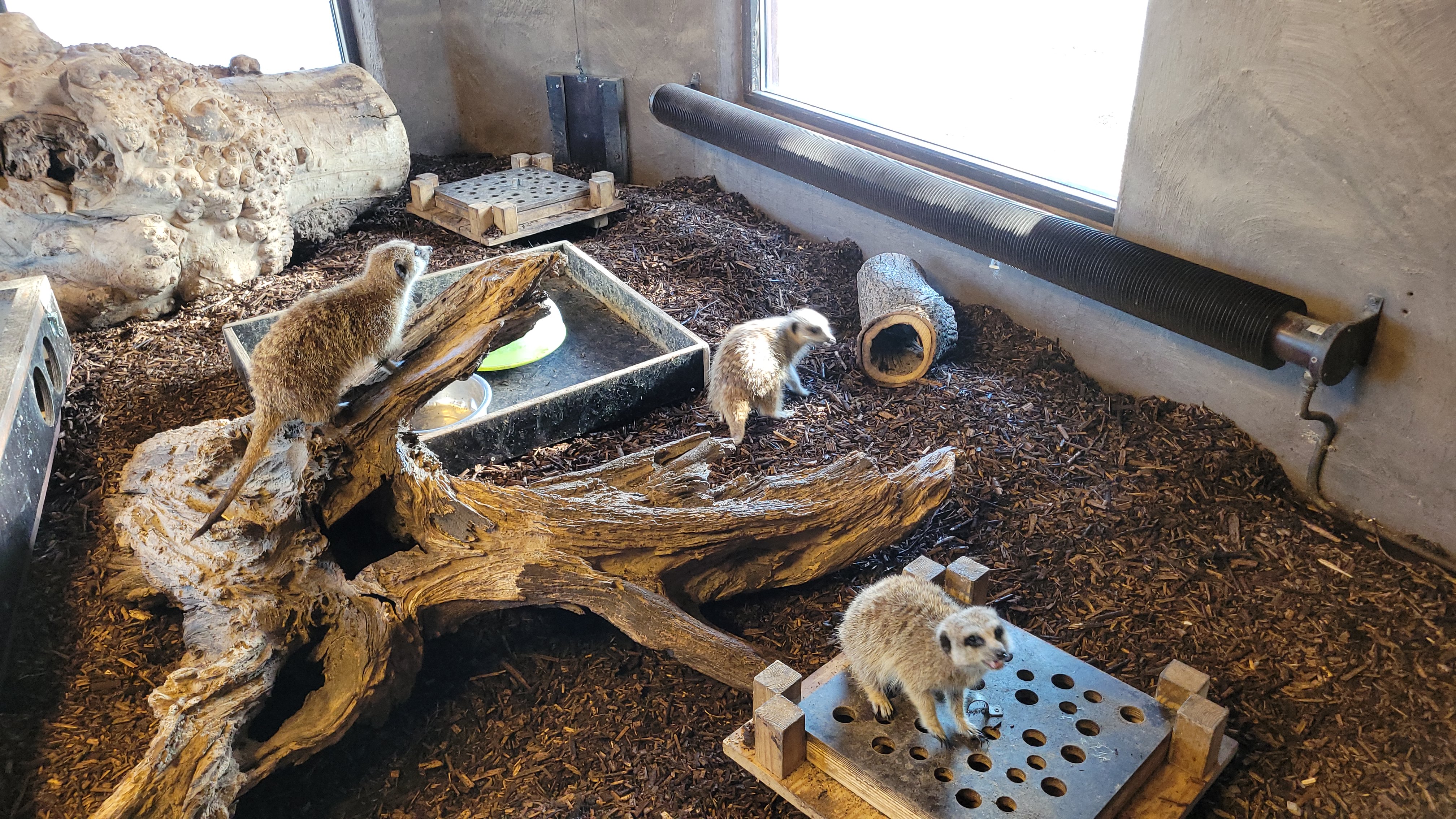
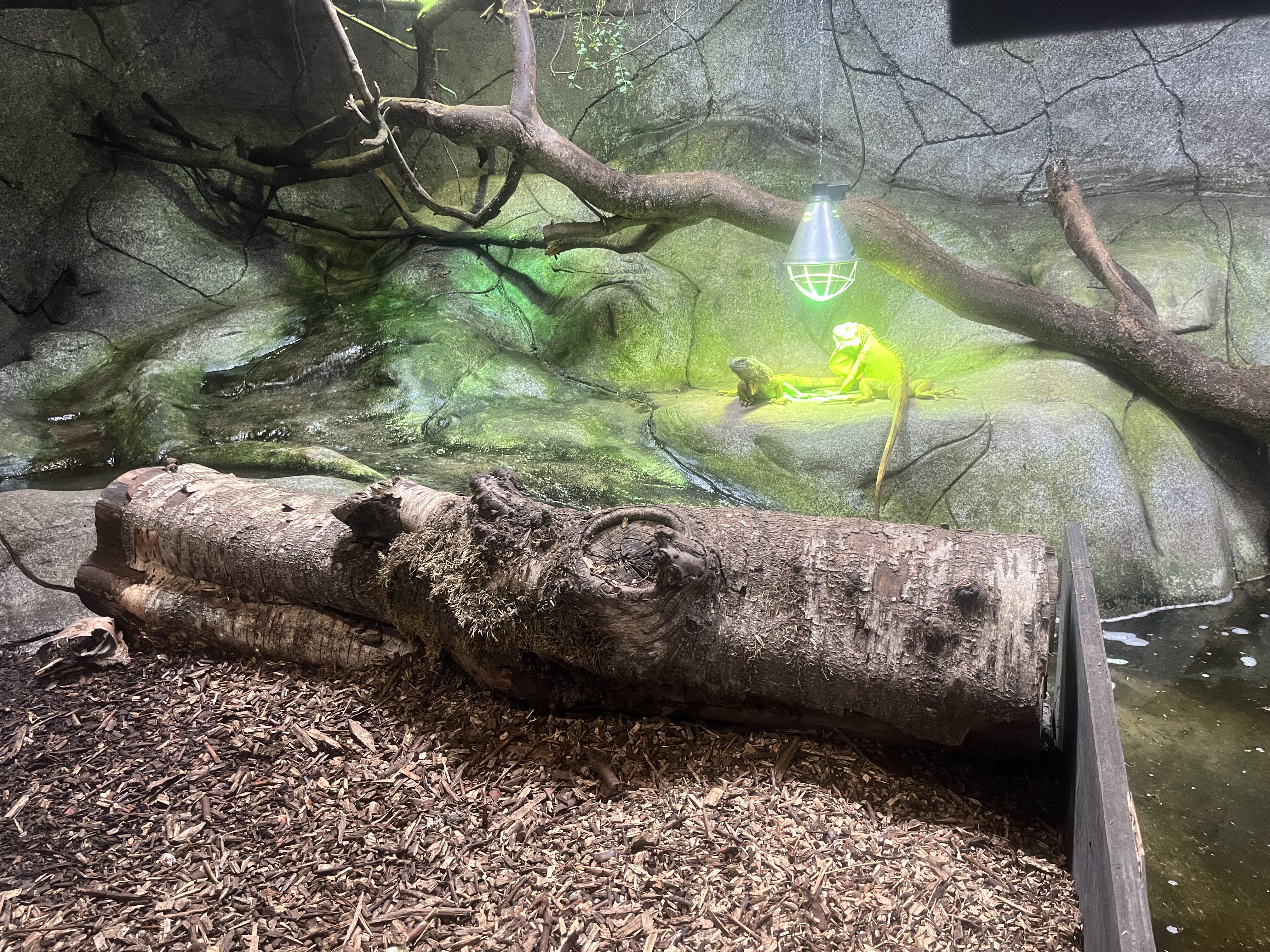
BIOBED FOR REPTILES
Jyllands Park Zoo uses BIOBED in many of their reptile enclosures, including for their iguanas. The natural composition of BIOBED not only enhances the visual appeal of the habitats by creating a more realistic and organic environment but also helps maintain the appropriate humidity levels crucial for reptile health.
By providing a substrate that mimics their natural habitat, BIOBED supports the iguanas’ well-being while also being easy to maintain. The zoo has found it to be an excellent choice for keeping enclosures clean and comfortable, ensuring both functionality and enrichment for their reptiles.
BIOBED IN ACTION
Here are some insights and recommendations on how you can use BIOBED in your small enclosures
1. START UP
Spread the BIOBED bedding in an even layer i the animal enclosure or stable. The thickness largely depends on the size of the animal using it. The organic texture of the bedding provides a firm but yeilding bottom layer.
2. REMOVE FECES
Remove wet spots and feces regularly and refill with fresh BIOBED as needed. How much You will need to refill depends on the animal and off course the size of the enclosure.
3. HEALTHY BOTTUM LAYER
The bedding will shortly be stamped into a firm 'mattres' while the top layer will dry up quickly and remain loose in texture.
4. LONG LASTING
The bedding will form a long lasting bioactive bottum, as long as it remains somewhat moist. The microorganisms will continuesly break down the organic material from the animals.






